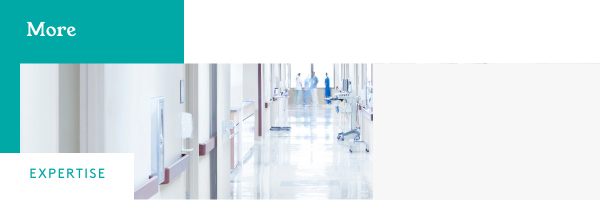How Registered Dietitians and Nurses Collaborate to Fight Malnutrition
Registered Dietitians (RDs) at Morrison Healthcare agree that nurses are their greatest ally in fighting malnutrition. To improve patient health, several RDs are taking creative steps to make it easier for nurses to help identify malnutrition and enlist RDs in this battle.
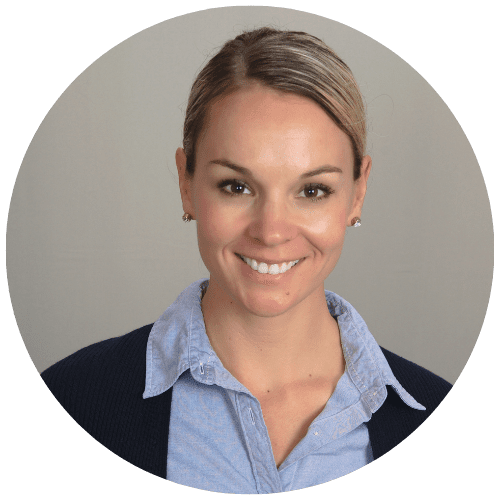
“Nurses are our partners, but they often have a lot on their plates, and nutrition sometimes tends to fly under the radar,” says Lena Bakovic, clinical nutrition manager at Palm Beach Medical Center. “They are frequently multi-tasking, giving patients their medication, checking vital signs and speaking with patients. Part of our role is to help the healthcare team complete the puzzle to include the patient’s nutritional status.”
Registered Dietitians are always seeking ways to arm nurses with information about the importance of identifying and treating malnutrition. One of the most common ways is for RDs to be included in any new nurse orientation program to discuss their role and patient benefits.
Morrison has a special relationship with nurses. In December 2019, the company announced a new partnership with the American Nurses Foundation (ANF) by joining the Healthy Nurse, Healthy Nation (HNHN) Grand Challenge. The ANF is the research, education, and charitable affiliate of the American Nursing Association (ANA). The partnership will help improve the health and well-being of nurses with a focus on food.
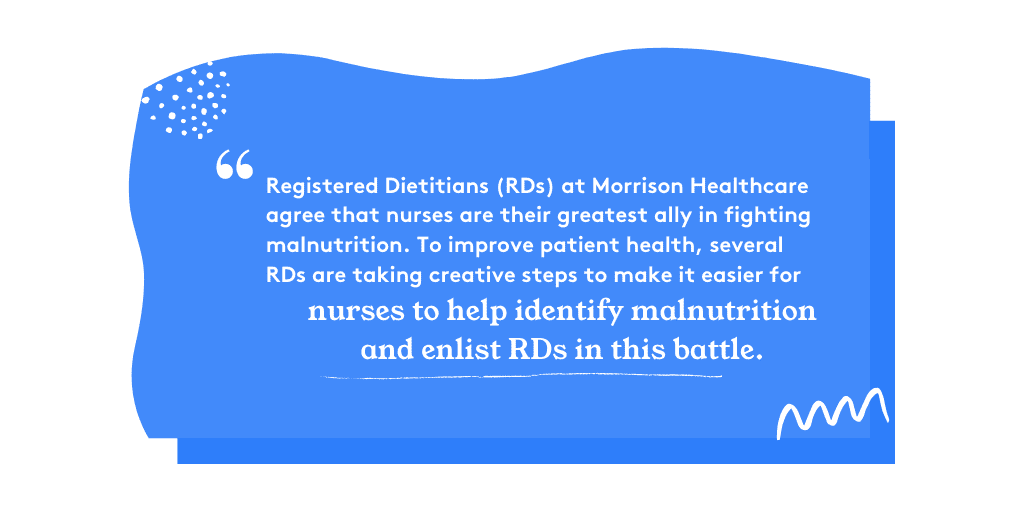
As part of Malnutrition Awareness Week, Morrison RDs shared creative ways they are taking to work more closely with nurses to identify and treat malnutrition. Here are some of their most valuable ideas:
Simple Ways to Raise Awareness. RDs at Northwest Health System in Springdale, Ark., celebrated Malnutrition Awareness last year by giving out protein bars to the nursing staff, along with a card that provided data on the prevalence of malnutrition and a contact number for the registered dietitian.
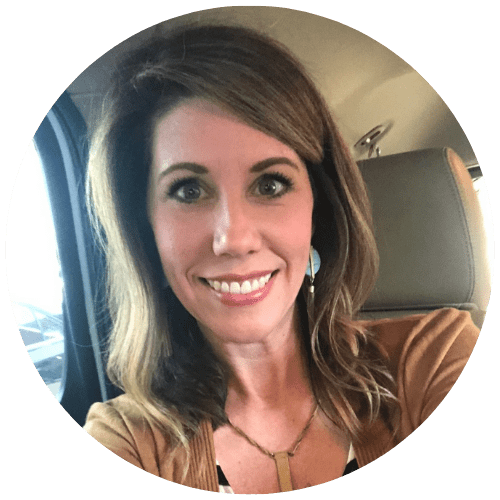
“It was a simple way to raise awareness and remind them about the valuable service we provide,” said Candace Lea, clinical nutrition manager at Northwest Health System. “We delivered the bars throughout the week and encouraged them to contact us if they felt their patient was at risk.”
Be Visible on the Nursing Floors. Bakovic says it’s critical for RDs to be seen regularly by the nursing staff instead of spending too much time in their offices. She calls it “showing face.”
“One of the biggest shifts we’ve made is being present with nurses during rounds with other medical staff,” she says. “Also, charting on the units is especially helpful in helping to solve issues as they arise and to provide education to the nurses.” She says more time with nurses has resulted in more patients receiving a nutrition consultation.
Bakovic says she has slowly built working relationships with nursing leaders to establish trust, asking their opinions, and observing areas where she can help. For example, she recommended that patients she observed in the Intensive Care Unit (ICU) could benefit from early nutritional support in order to help achieve the best possible outcomes.
“If a dietitian attends rounds, they will have more awareness of what’s going on day-to-day. In the ICU, a lot of patients can receive nutrition through tube feeding or intravenous (IV) feeding. This type of alternate and early intervention will help them achieve the best clinical outcomes.”
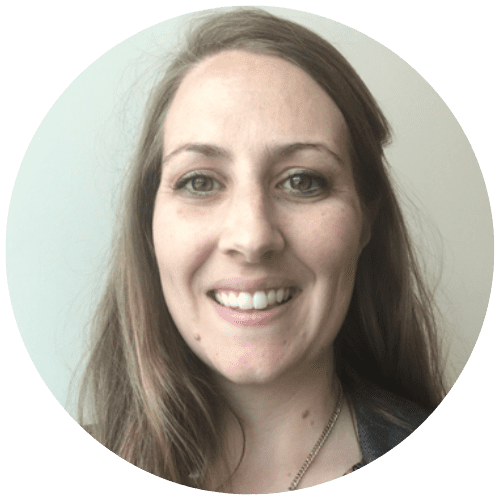
Improve Nurse Education. Amy Downey, clinical nutrition manager at Bon Secours St. Francis Health in Greenville, S.C., says RDs are invited to participate in patient bed huddles with nurses and write articles in the newsletter. In turn, she has catered lunches for nurses featuring a chef’s special from the patient menu to create an opportunity to educate them about nutrition.
However, she still sees many older patients who don’t appear to be malnourished but need help. “Older patients feel like they are doing well by warming up a can of soup at home, but that’s all they eat,” she says. “They don’t have enough protein and micronutrients and eventually their muscles begin to waste away.”
These patients often are either not weighed or their weight is not accurately reported, especially if they’ve been transported to a bed and can’t stand themselves. To better identify these patients, Downey is leading a task force with the nursing staff and patient transportation to determine a patient’s weight and if they need nutritional help.
“If we can understand the barriers to getting a proper weight, we can better identify malnutrition in more patients,” Downey says. ”This is especially powerful to identify weight trends over time across doctor’s offices and readmissions.”
Helping Better Understand the Malnutrition Screening Tool. Bakovic says helping nurses understand how RDs screen patients to determine malnutrition has helped form a better approach to nutrition at her hospital. “If a patient isn’t eating well, or chewing or swallowing properly, nurses know they can get us involved,” she says.
She’s also working closely with the nursing department to help them better understand how to measure malnutrition during an initial patient screening. Nurses are responsible for asking several questions to patients upon admission to help determine malnutrition risk. By educating them about the accuracy of the tool, nurses have gradually improved on what is reported in the tool, which is, in turn, is helping RDs provide care sooner to at risk patients.
Learn more about Morrison Healthcare’s Malnutrition Program.


